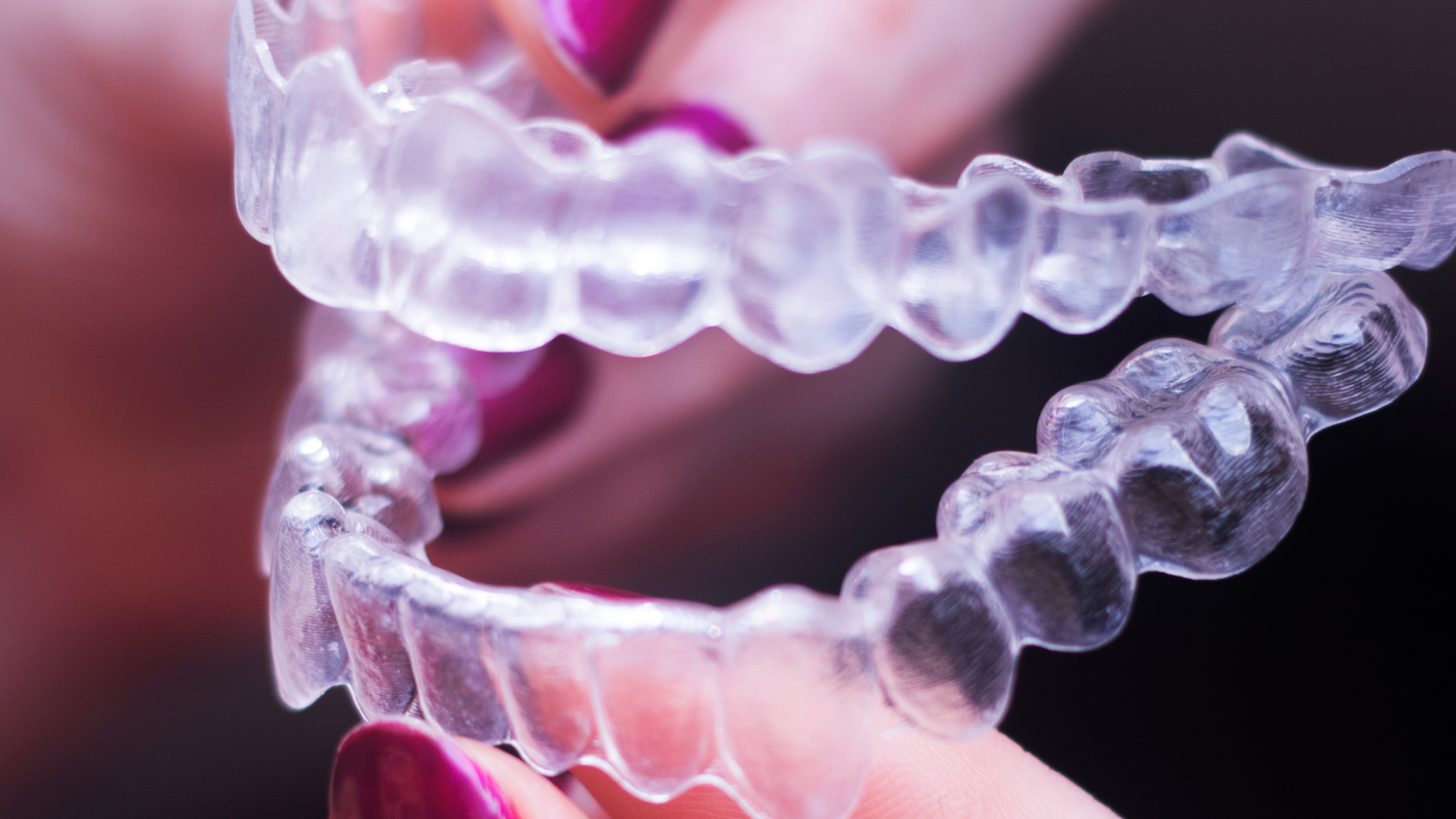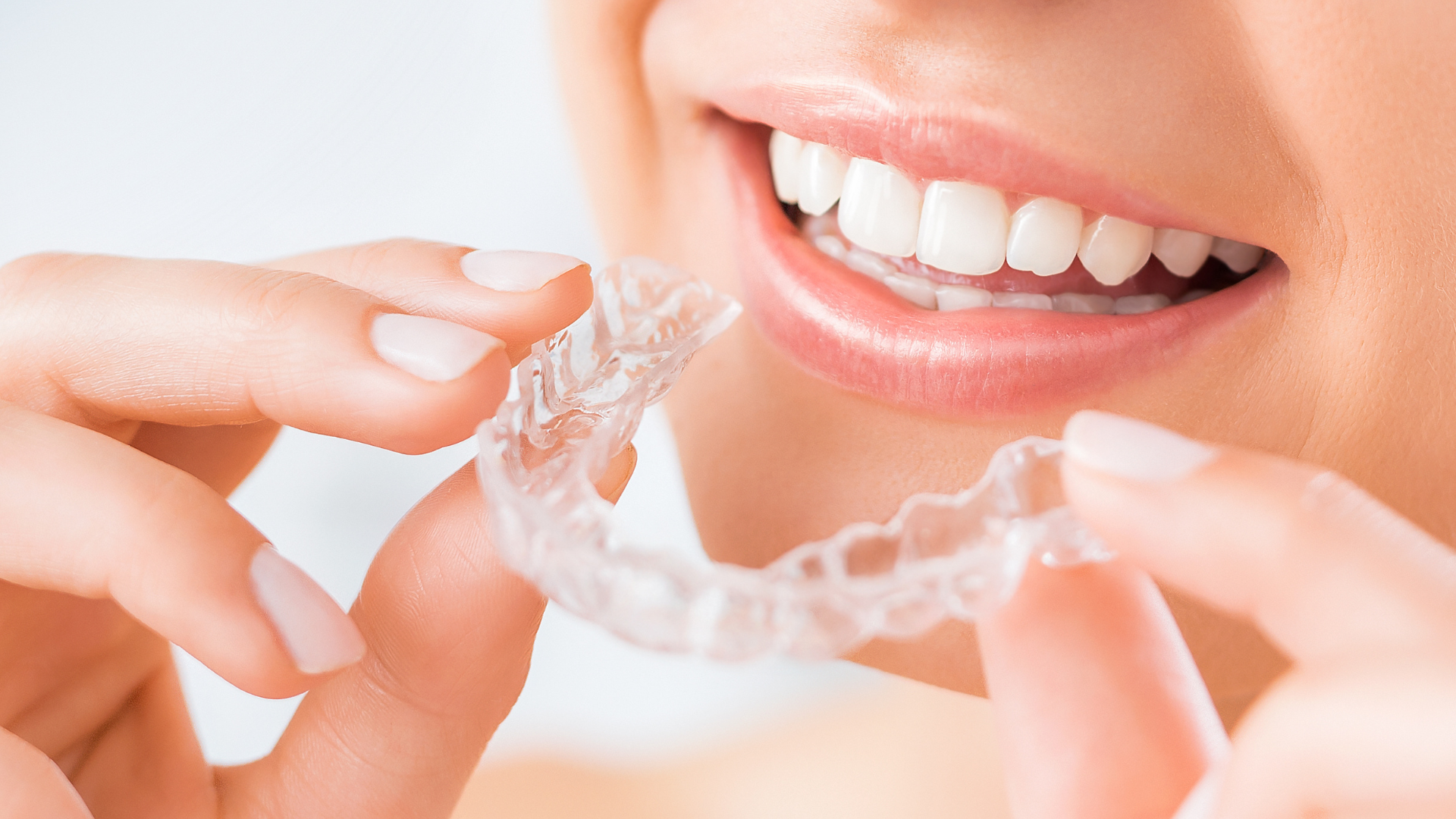Can Teens Really Stay on Track with Invisalign? Tips for Parents
Invisalign has become one of the most popular orthodontic treatments for teens—and for good reason. The clear, removable aligners offer a discreet way to straighten teeth without the metal brackets and wires of traditional braces. But while the benefits are undeniable, many parents wonder: Can my teen really stay on track with Invisalign?
The answer is yes—when guided with the right tools, habits, and parental support. Let’s explore how parents can help their teens succeed with Invisalign and make the most of their treatment journey.
Understanding How Invisalign for Teens Works
Invisalign Teen is specifically designed with growing patients in mind. The system uses a series of clear aligners that gradually move the teeth into proper alignment. Each set of aligners is typically worn for about one to two weeks before switching to the next one.
Unlike traditional braces, Invisalign aligners are removable—making it easier for teens to eat, brush, and floss. However, this flexibility comes with responsibility. Teens need to wear their aligners for 20–22 hours per day to achieve the best results.
(Related Resource: Maintaining Your Invisalign: Tips for Optimal Results)
The Importance of Consistency
Consistency is the key to success with Invisalign. Every hour that aligners aren’t worn can delay treatment progress or cause discomfort when switching to new trays. Parents can encourage consistency by helping their teens establish a daily routine.
For example, aligners should only be removed for meals, snacks, and brushing. Setting reminders on a phone or smartwatch can help ensure aligners go back in right after eating. Over time, this becomes second nature for most teens.
Built-In Features That Help Teens Stay on Track
Invisalign Teen aligners come with special compliance indicators—small blue dots that fade over time as the aligners are worn. This feature helps both parents and orthodontists monitor whether the aligners are being worn as prescribed.
This built-in accountability helps many teens take ownership of their treatment. Parents can use it as a conversation starter to encourage responsibility rather than constantly reminding or nagging.
Making Invisalign Fun and Motivating
Let’s be honest—teenagers love seeing progress, especially when it’s visual. Taking “smile selfies” every few weeks can help them stay motivated as they notice changes in their teeth.
You can even create a fun Invisalign calendar at home to track milestones, like finishing a set of aligners or reaching the halfway mark of treatment. Celebrating these small wins helps boost their confidence and commitment.
Overcoming Common Challenges
While Invisalign is convenient, some teens may forget to wear their aligners or accidentally misplace them. If this happens, encourage your teen to stay calm and contact your dentist right away. In many cases, the treatment can continue smoothly with minimal disruption.
Another common challenge is soreness when switching to a new set of aligners. Remind your teen that this is a sign their teeth are moving as planned—and it usually fades within a day or two. Over-the-counter pain relief and a soft diet can help ease any discomfort.
Encouraging Good Oral Hygiene
One of the biggest advantages of Invisalign is that it allows for easy brushing and flossing. However, aligners can trap bacteria if not cleaned properly. Encourage your teen to brush their teeth after every meal and rinse their aligners before putting them back in.
Using Invisalign cleaning crystals or a mild antibacterial soap can help keep aligners clear and odor-free. Avoid using toothpaste directly on the trays—it can scratch and cloud them.
(You may also like: What Can You Eat with Invisalign? A Guide for Clear Aligner Users)
Balancing School, Sports, and Social Life
Invisalign aligners are practically invisible, which makes them ideal for teens involved in school activities, sports, or social events. Unlike metal braces, there’s no need to worry about mouth injuries from brackets during sports—or food restrictions during lunch with friends.
For athletes, wearing a mouthguard over the aligners during contact sports can protect both the teeth and trays. Invisalign allows teens to balance treatment with their active lifestyles seamlessly.
Parental Involvement Without Overstepping
Parents play a crucial role in helping teens stay on track, but finding the right balance is important. Instead of micromanaging, focus on offering encouragement and celebrating progress. Regularly attending checkups together is a great way to stay involved.
Let the orthodontist handle technical reminders, while you provide emotional support and positive reinforcement at home. This approach fosters independence and accountability—skills that extend far beyond Invisalign treatment.
Why Invisalign Works So Well for Teens
Many parents are surprised at how well teens adapt to Invisalign. Because the system is comfortable, removable, and easy to manage, most teens find it easier to stick with than traditional braces.
Plus, today’s teens are tech-savvy—they appreciate the innovation behind clear aligners. With consistent wear and proper care, Invisalign can deliver beautiful results in as little as 12 to 18 months.
How Gentle Dentistry Supports Teen Invisalign Patients
At Gentle Dentistry, we understand that every teen is different. Our team provides personalized Invisalign plans and ongoing guidance to help families navigate the process with ease. We focus on comfort, communication, and creating a positive orthodontic experience from start to finish.
From the first consultation to the final reveal, our goal is to make sure your teen feels confident every step of the way.
(Related: Does Dental Insurance Cover Invisalign? Financing Your Smile)
Final Thoughts: Empowering Teens for a Healthier Smile
So, can teens really stay on track with Invisalign? Absolutely—with the right mindset, support, and structure, they can achieve outstanding results. Invisalign gives teens the freedom and confidence to smile throughout treatment—and parents the peace of mind that comes from trusted, effective care.
If you’re considering Invisalign for your teen, reach out to Gentle Dentistry today to schedule a consultation and learn how we can help your child achieve a beautiful, confident smile.





